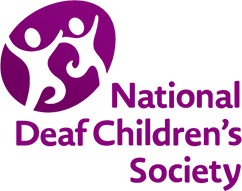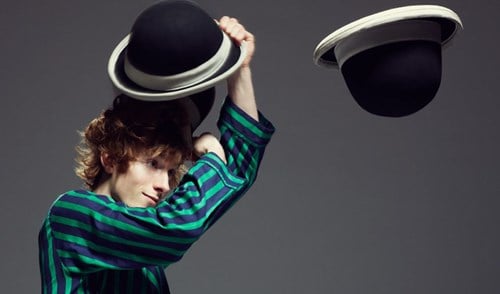My deafness didn't stop me becoming a circus artist
Ryan (28), who's severely to profoundly deaf and wears hearing aids, discovered his love for circus arts accidentally.
“From a young age I liked silent screen cinema like Charlie Chaplin,” he says. “But I fell into circus. My parents weren’t able to pick me up from school one day and I stumbled upon an after-school circus club.”
Ryan went on to study at circus schools in Bristol and London, learning all sorts of different disciplines. “I found aerial difficult – it’s hard to hear the teacher when you’re 10m high and hanging upside down on a rope,” he jokes. “Being on stage was the greatest feeling though; I truly felt myself there. It was all about sharing something honest and celebrating something playful.”
But to be a good circus artist you don’t just have to be a good performer. “To get to where I am today I’ve had to wear many hats,” Ryan explains. “That’s a bad joke because I’m specifically a hat juggler now! I’ve had to learn how to market and promote myself, handle bookings and write funding applications etc. Circus performers work really hard but there’s a lot of reward too.
“The main challenge I face is networking. It can be exhausting meeting new people who are happy talking in bustling environments. I’ve learned to let people know I’m hard of hearing. I also struggle in conversations on long car journeys with other performers or when rehearsing in halls with bad acoustics. In these situations I find a radio aid useful.
“On the flip side, I think I learned the physical theatre and clowning aspects of circus quicker because of my deafness. A lot of it was facial expression, body language and listening with your entire body. Learning by watching comes naturally to me.”

